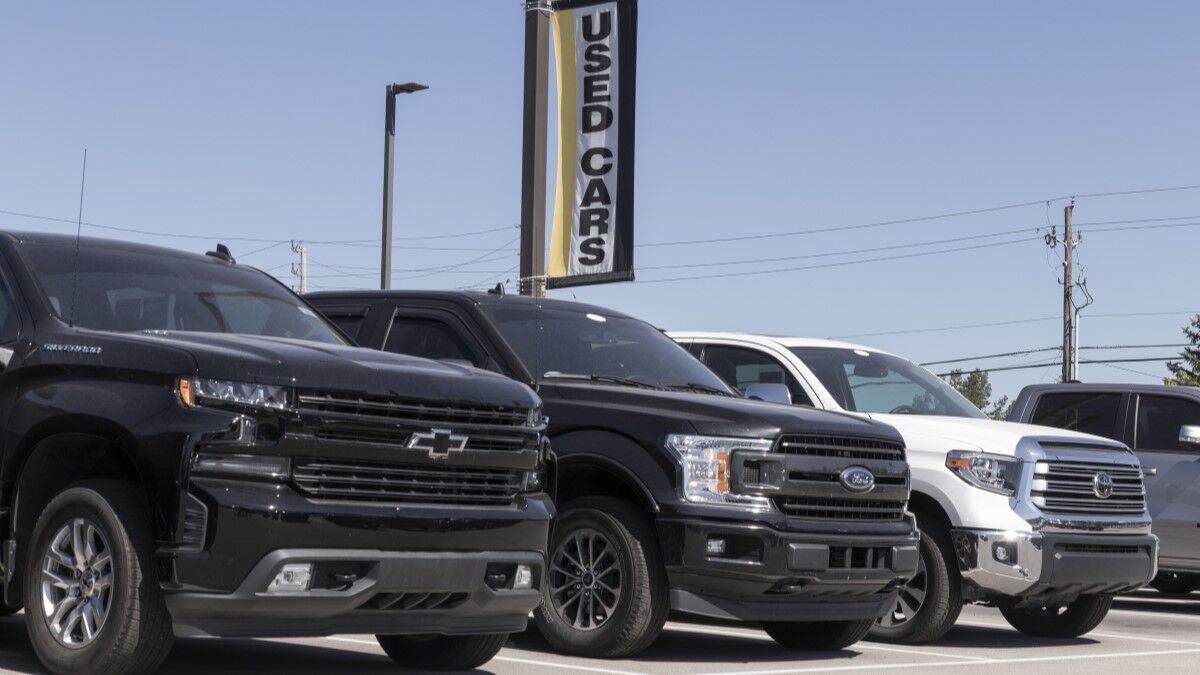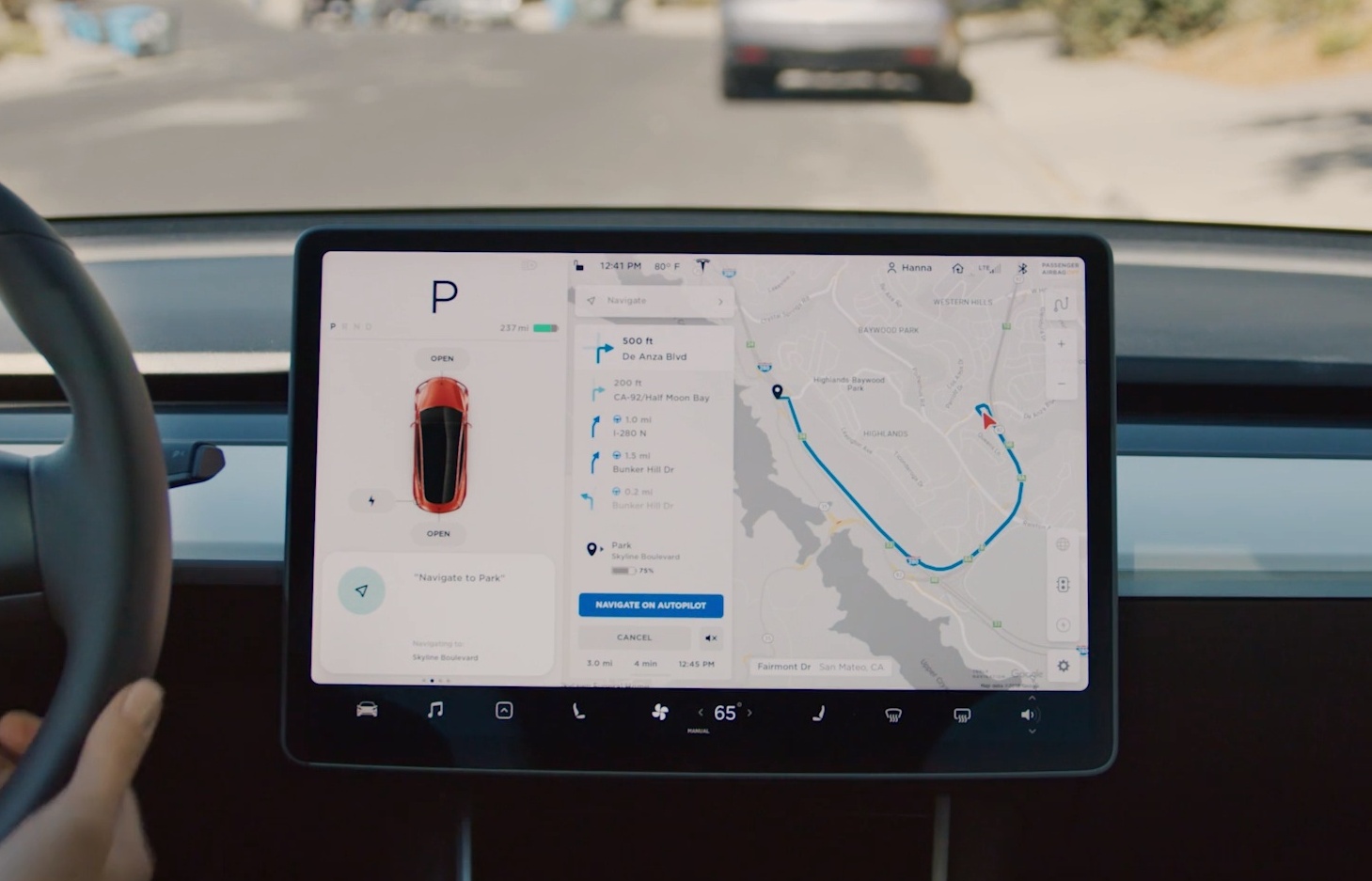- The EPA regulates tailpipe emissions from cars based on a finding that they endanger human health
- A new report says the agency may decide they don’t
The U.S. government may stop policing emissions from cars, power plants, and other sources.
The Environmental Protection Agency (EPA) currently restricts the pollutants cars can produce based partly on a 2009 “endangerment finding” that declared the pollution a threat to human health.
Multiple media reports say the agency may drop the finding. The New York Times reports that a proposed rule making its way through the agency rescinds the finding.
An EPA spokesperson did “not confirm the details of the plan.” However, in a statement, the agency said the rule will be published once it has completed its internal review.
The Indianapolis Star reports that EPA Administrator Lee Zeldin “is expected to announce a major policy proposal during a visit to Indianapolis” today. Politico expects the decision on Thursday.
New Opinion: High Prices Hurt You More Than Pollution
- The agency may find that high prices are more harmful than pollution
The transportation sector is the largest source of harmful emissions, the EPA says.
The New York Times reports that the proposed change “does not appear to focus on the science or try to make the case that fossil fuels aren’t warming the planet.”
Instead, “The E.P.A. intends to argue that imposing climate regulations on automakers poses the real harm to human health because it would lead to higher prices and reduced consumer choice, according to the two people familiar with the administration’s plan.”
Fuel Economy Standards Already Gone
- The move comes shortly after the administration stopped enforcing fuel economy rules
The move would come just weeks after the Department of Transportation stopped enforcing federal fuel economy standards.
Taken together, the two moves could encourage automakers to produce larger, less fuel-efficient engines without expensive pollutant-reducing technology.
Automakers Likely to Make Few Long-Term Changes
- Designing a new vehicle takes longer than one presidential term
- Automakers may make short-term changes, but not radical long-term changes due to the decision
Automakers could take quick advantage of the rule change, but may not make long-term changes to how they design cars and engines.
Automakers would still be subject to pollution restrictions in other countries. Many sell nearly identical cars in many countries. Carmakers would likely still try to restrict pollutants in cars sold both inside and outside the U.S. However, some large trucks and SUVs are popular in the U.S. and not outside of it.
Automakers also design cars on 5- to 10-year cycles. Many might be reluctant to make major changes to designs, given the possibility that a future administration could reverse a decision in 2029.
With that in mind, we anticipate that few automakers will set out to design new, less-efficient families of engines. Designing them, retooling factories, and lining up suppliers to make parts might be too risky in a changing political climate.
But automakers could make short-term changes.
For instance, an automaker already selling a pickup with several different engine choices could start building and marketing more V8-equipped trucks. We’re already seeing that in one case.
Stellantis, parent company of Dodge, Jeep, Ram, and other brands, had begun winding down production of its Hemi V8 engines. The company recently spun a factory back up to produce the engines again.
Stellantis then announced the return of its SRT speed shop, famed for cranking the Hemi to extremes. Notably, to do so, Stellantis didn’t need to invest much new money.








